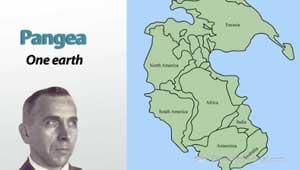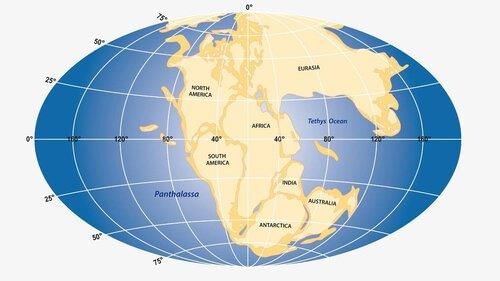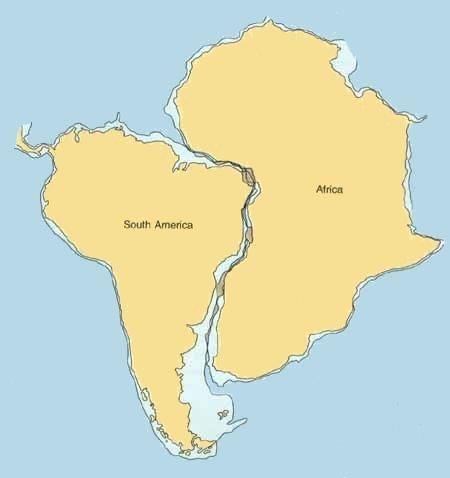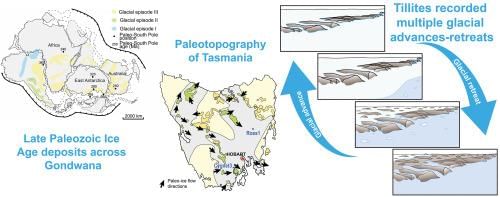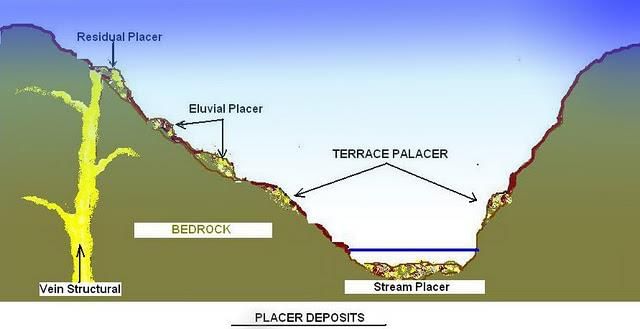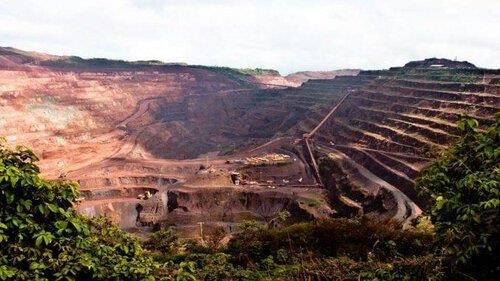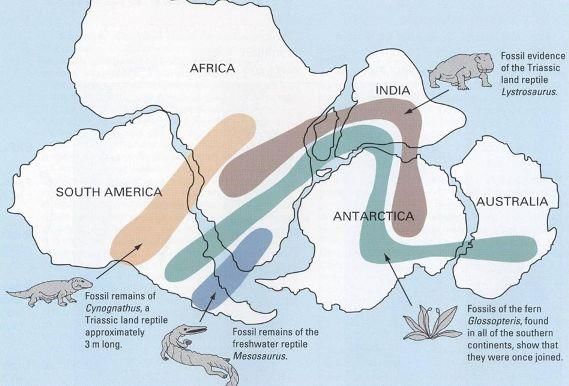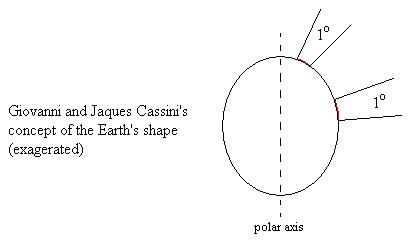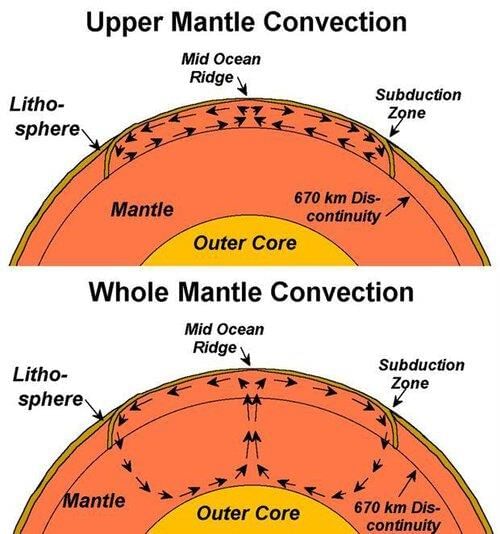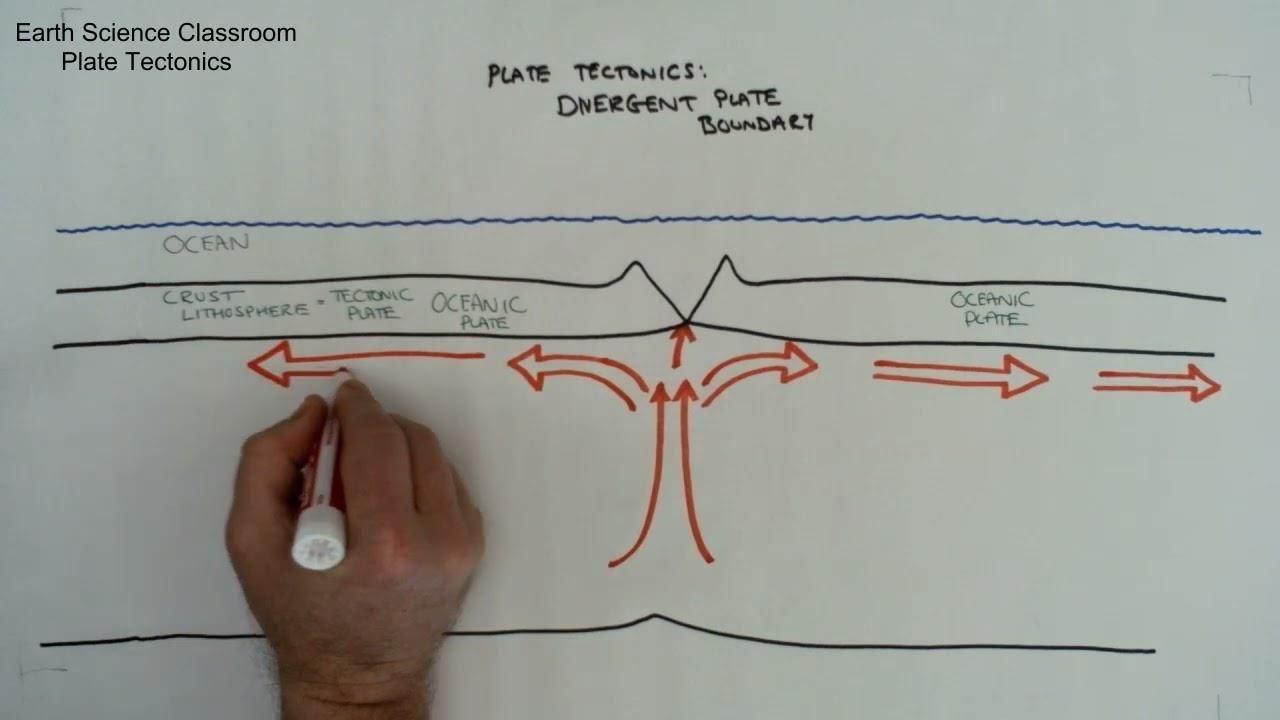|
Card: 1 / 32 |
What term did Alfred Wegener use to describe the ancient supercontinent that existed before the continents split? |
|
Card: 3 / 32 |
True or False: According to Wegener, Pangaea began to split approximately 200 million years ago. |
|
Card: 5 / 32 |
What was the primary argument presented by Alfred Wegener regarding the distribution of continents? |
|
Card: 6 / 32 |
He argued that all continents were once part of a single landmass that later drifted apart. 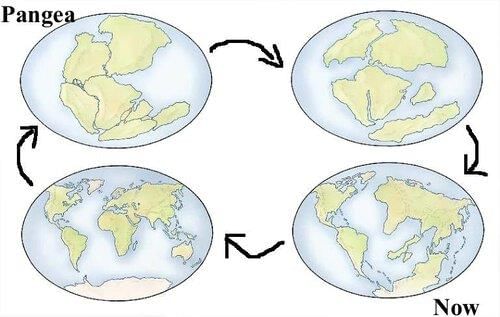 |
|
Card: 7 / 32 |
The matching of the shorelines of Africa and South America is an example of ___ evidence supporting the theory of continental drift. |
|
Card: 9 / 32 |
True or False: The earliest marine deposits along the coastlines of South America and Africa are of Cretaceous age. |
|
Card: 10 / 32 |
False. The earliest marine deposits along these coastlines are of Jurassic age. 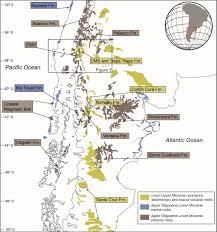 |
|
Card: 13 / 32 |
Placer deposits are formed from ___ and are key in understanding the historical geology of continents. |
|
Card: 15 / 32 |
The occurrence of rich placer deposits of gold in Ghana is due to the erosion of ___ from the Brazil plateau. |
|
Card: 17 / 32 |
True or False: Fossil distribution of identical species across land masses suggests a former contiguous land connection. |
|
Card: 19 / 32 |
Identical species of plants and animals found on either side of marine barriers present a problem in ___ studies. |
|
Card: 21 / 32 |
Fill in the blank: The hypothesis of a landmass called 'Lemuria' was proposed to explain the distribution of ___ found in India, Madagascar, and Africa. |
|
Card: 23 / 32 |
Fill in the blank: The polar-fleeing force is related to the ___ of the Earth, which has a bulge at the equator. |
|
Card: 25 / 32 |
What was the primary source of evidence for continental drift before post-war studies? |
|
Card: 27 / 32 |
Fill in the blank: Arthur Holmes discussed the possibility of ___ currents operating in the mantle, generated by thermal differences. |
|
Card: 29 / 32 |
Short Answer: How did the mapping of the ocean floor contribute to the understanding of continental drift? |
|
Card: 30 / 32 |
It provided new dimensions for the study of the distribution of oceans and continents. 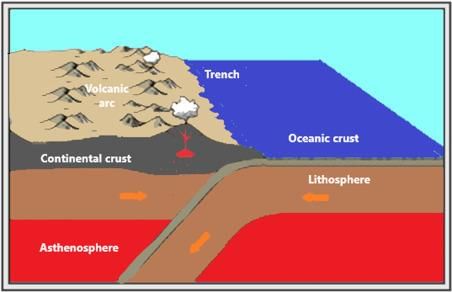 |
|
Card: 31 / 32 |
The ocean floor is segmented into three major divisions: continental margins, deep-sea basins, and ___ ridges. |




